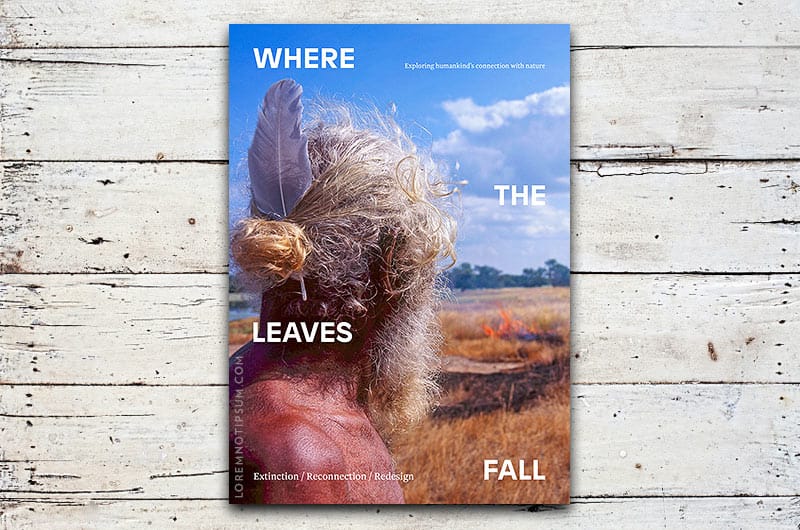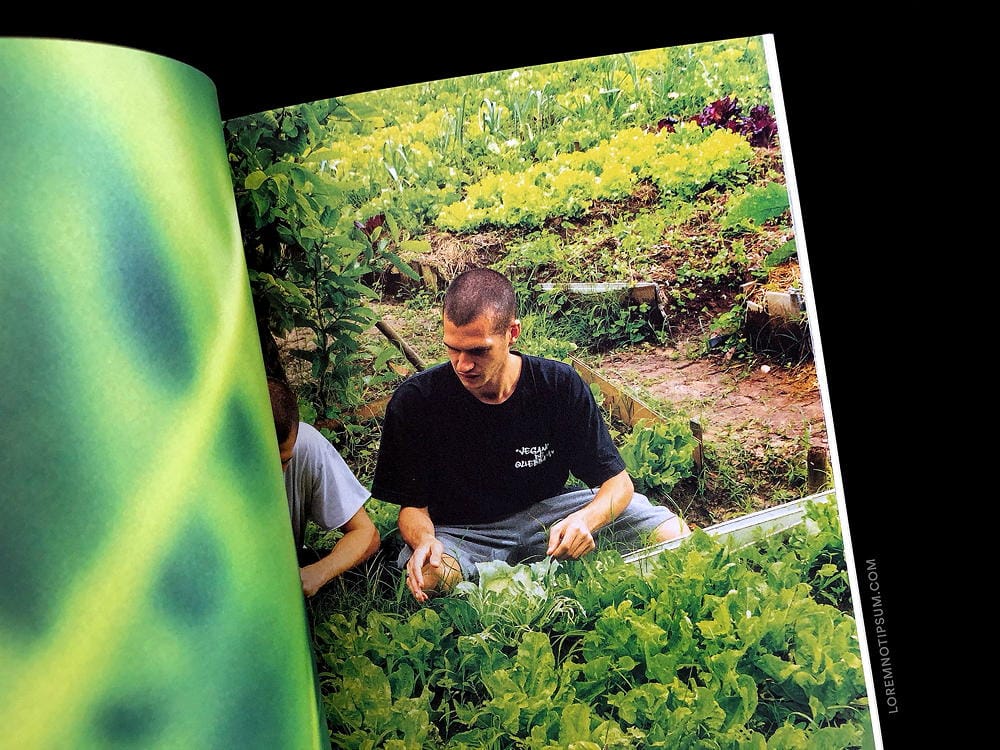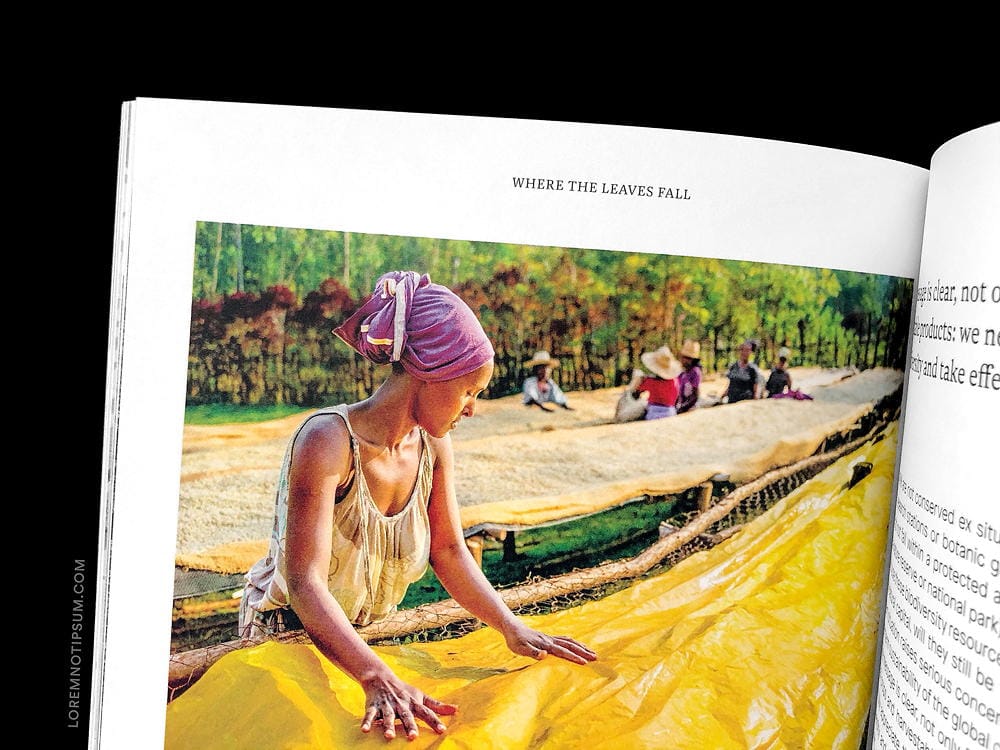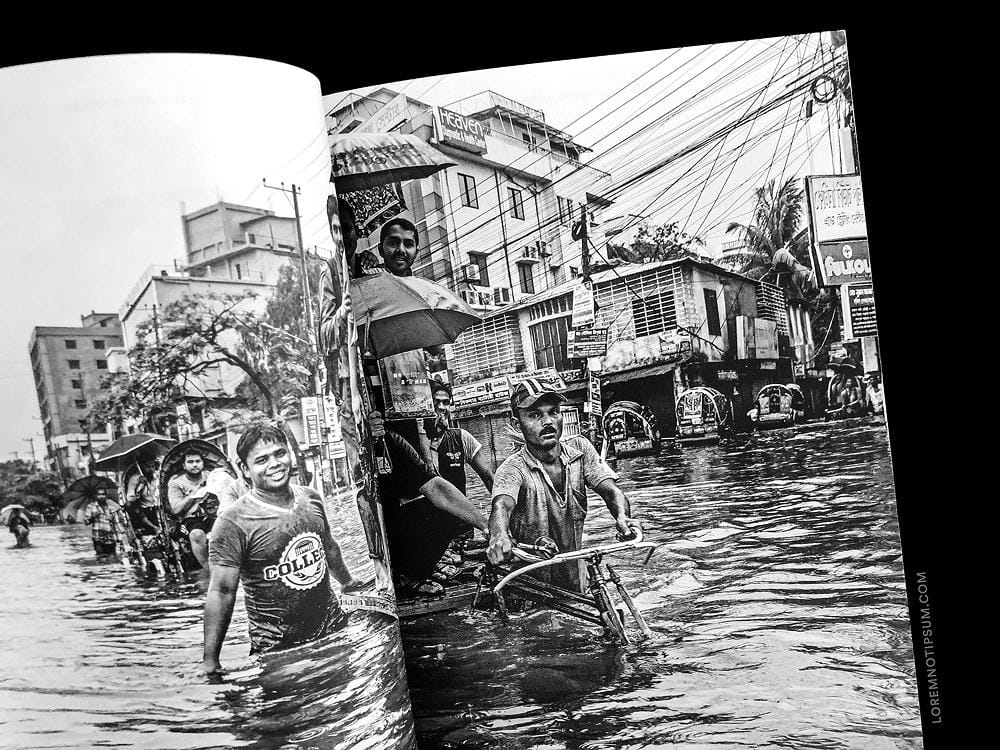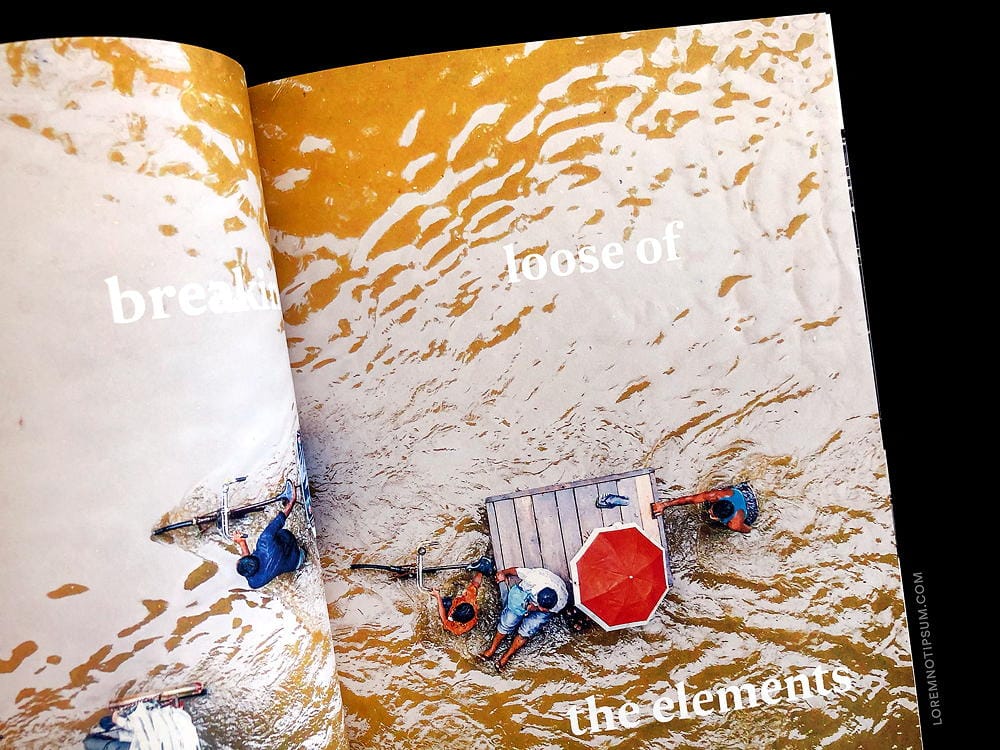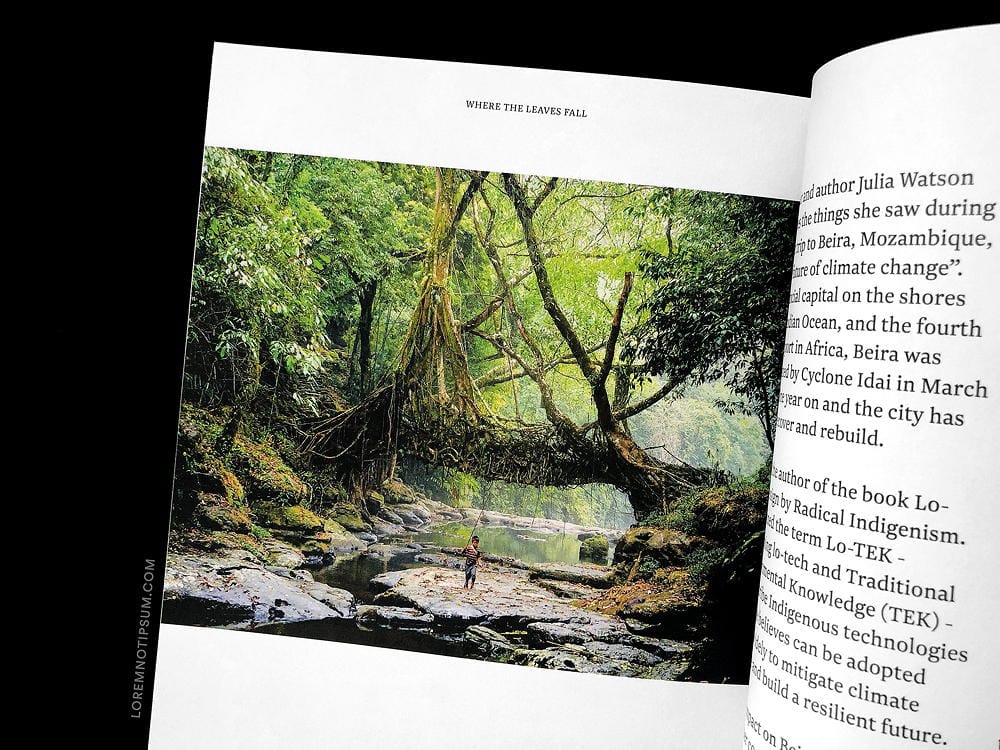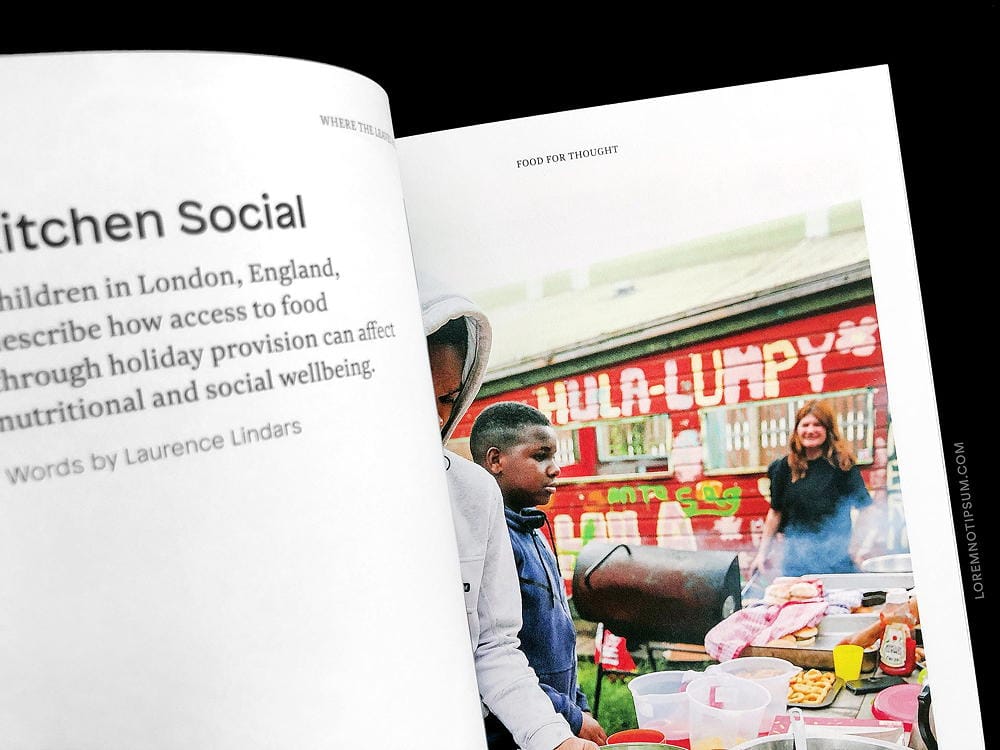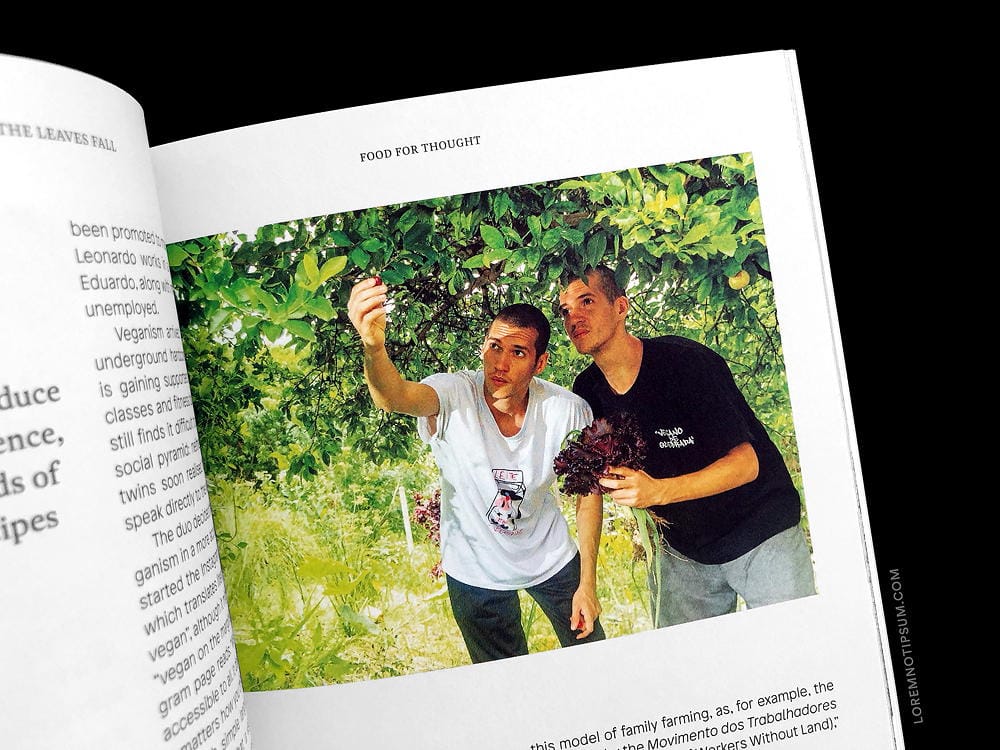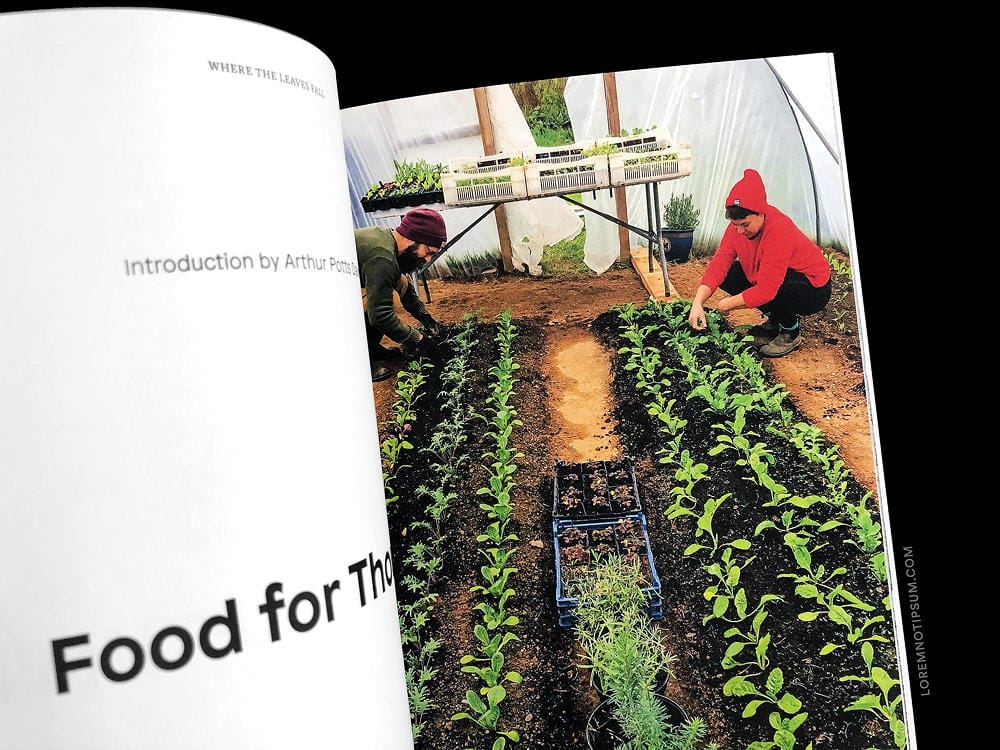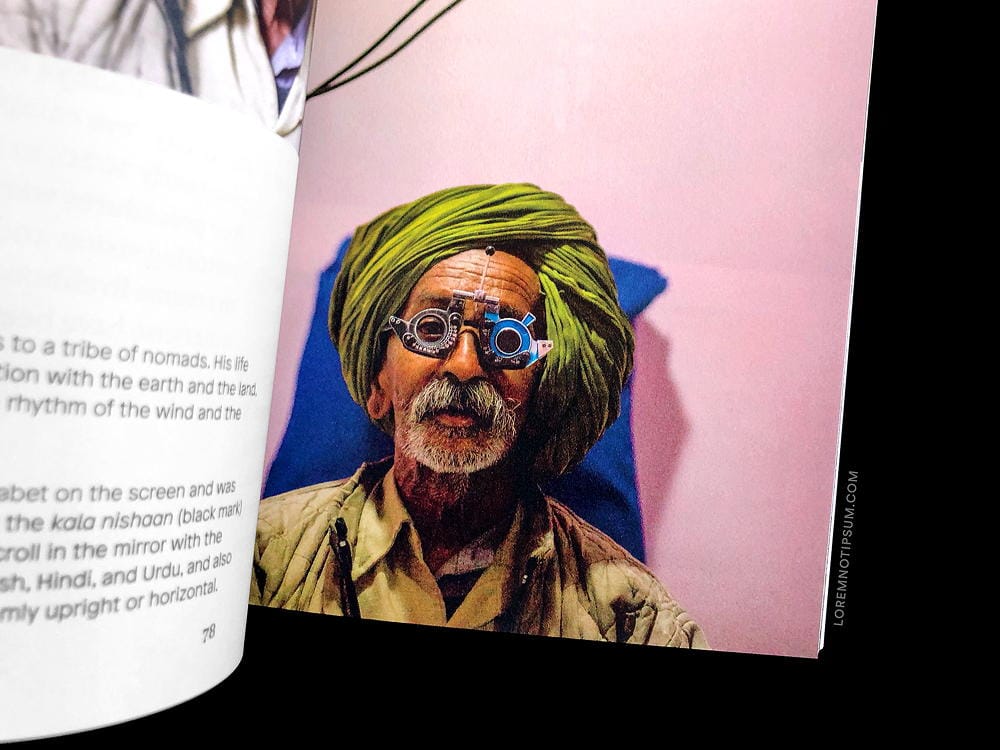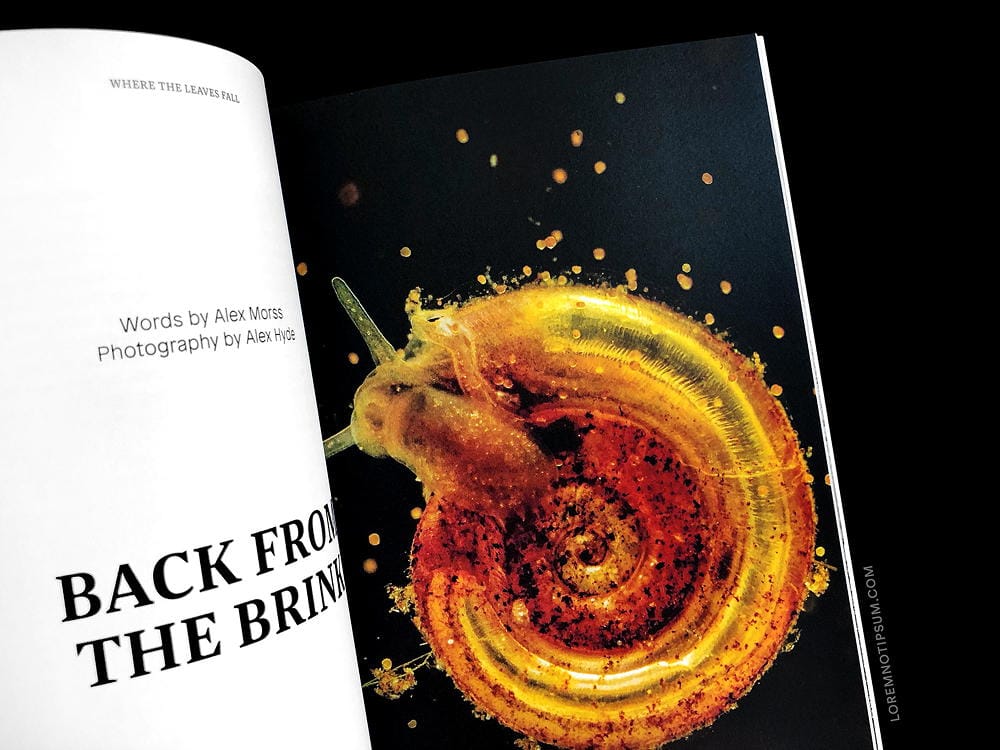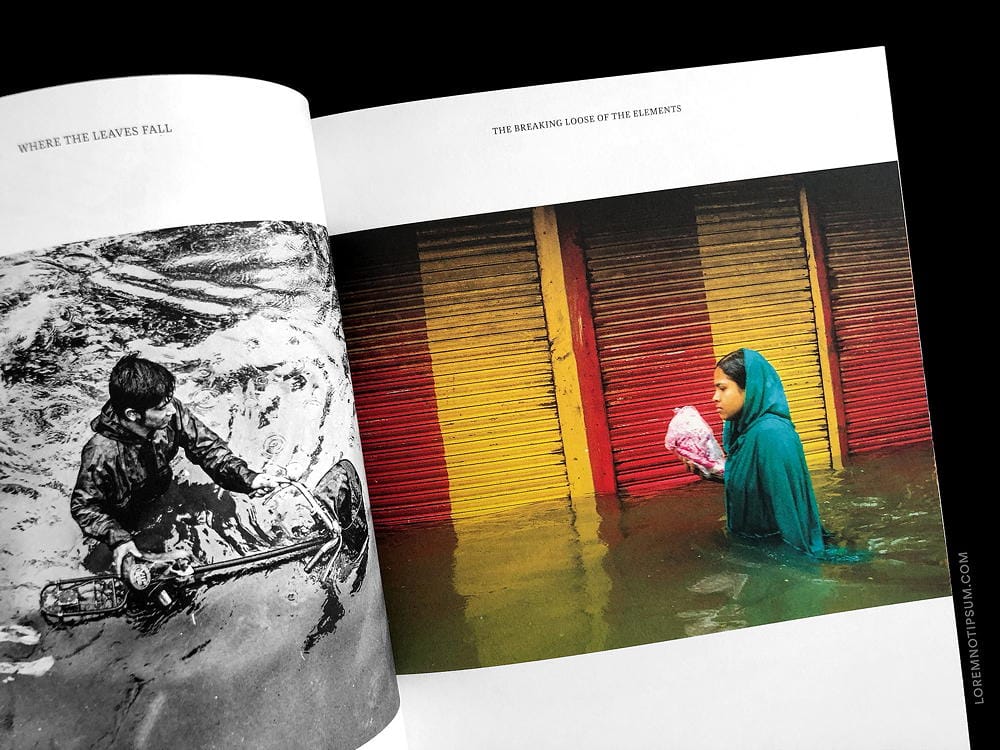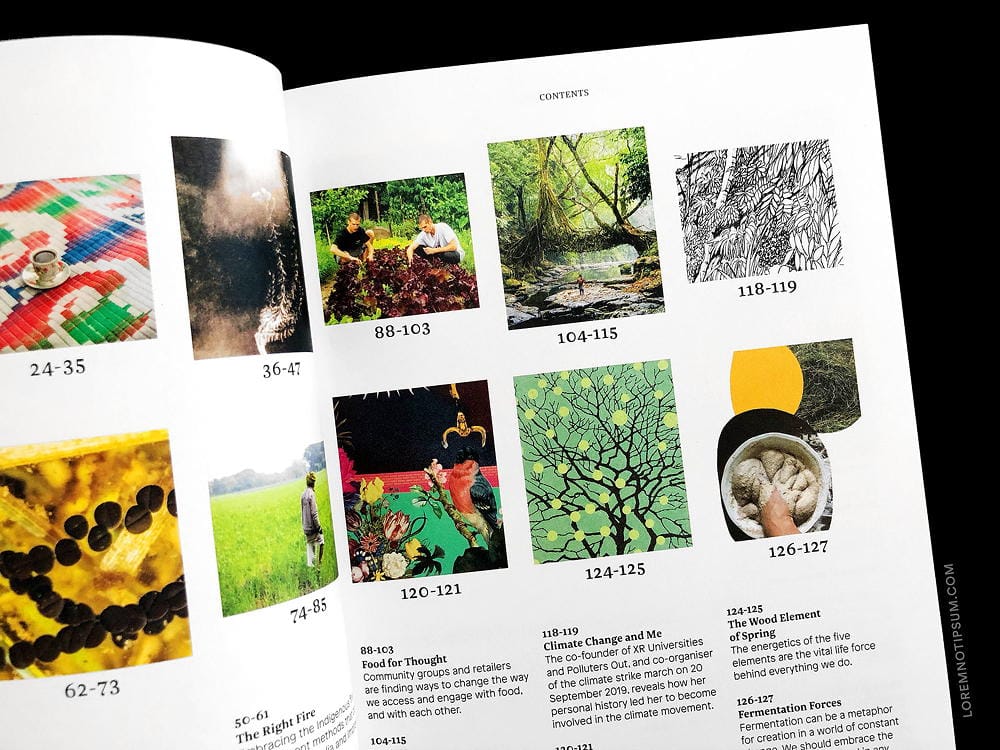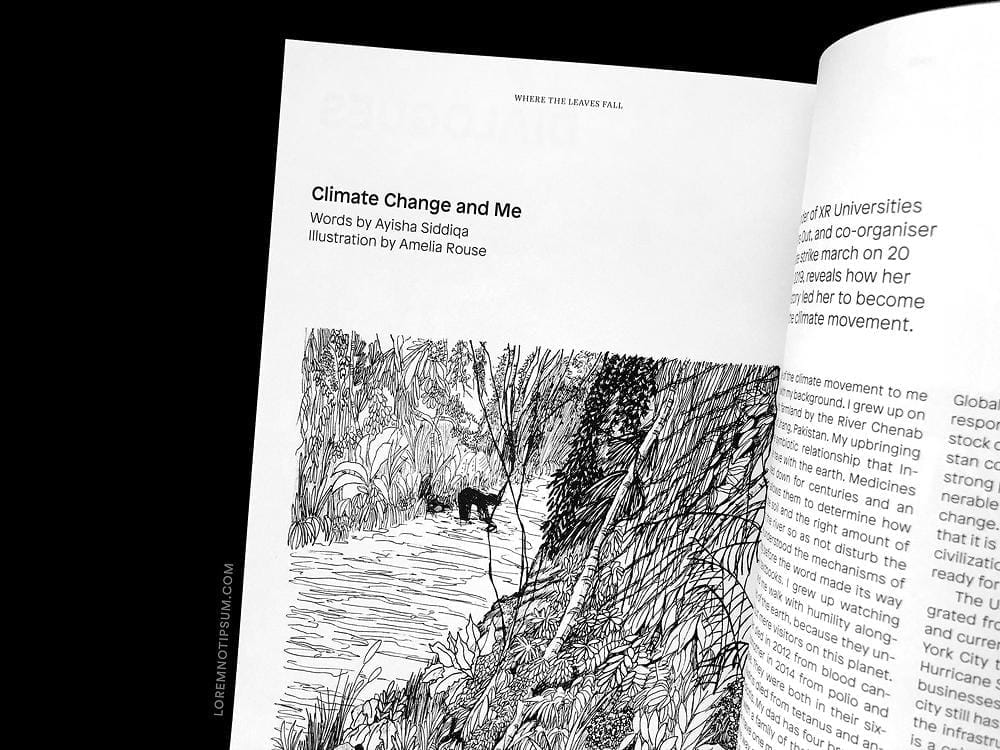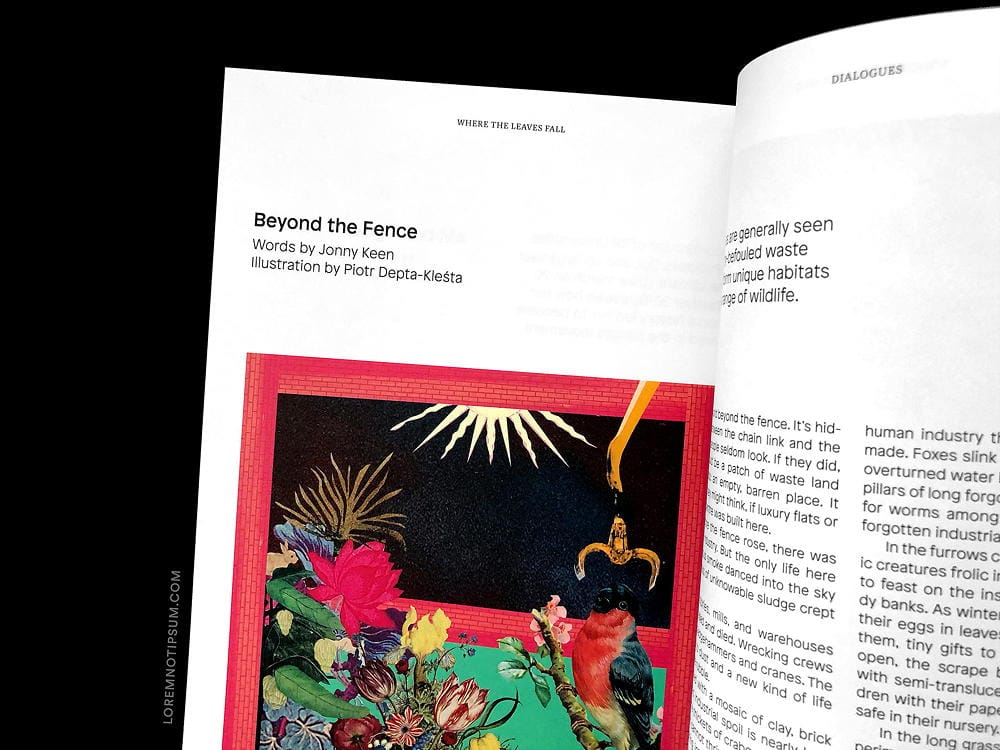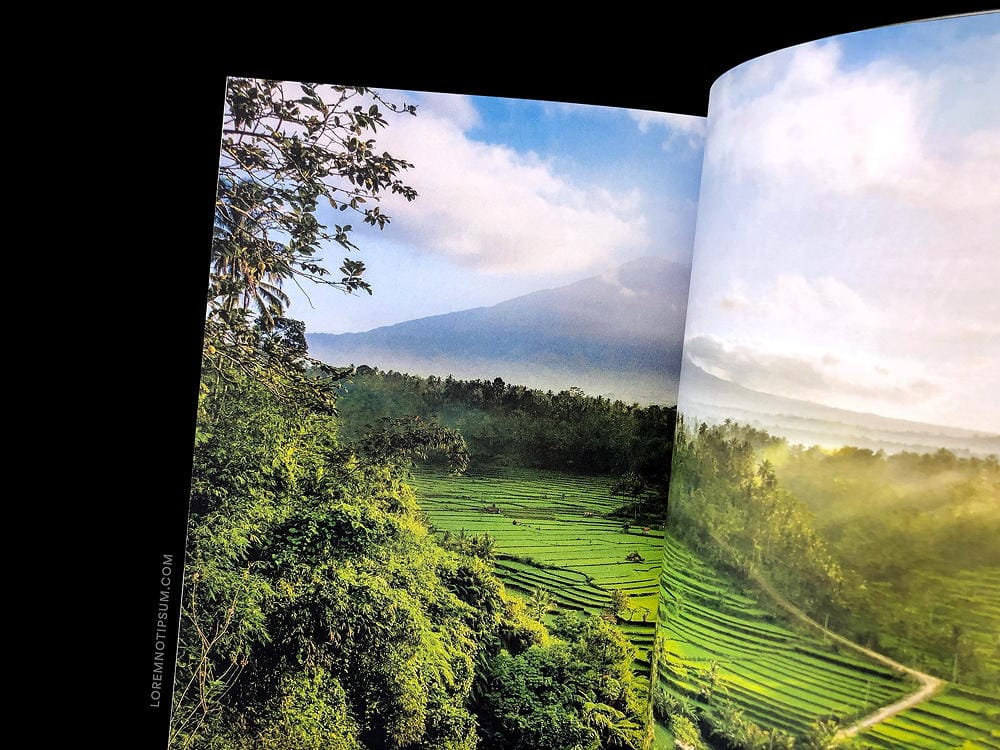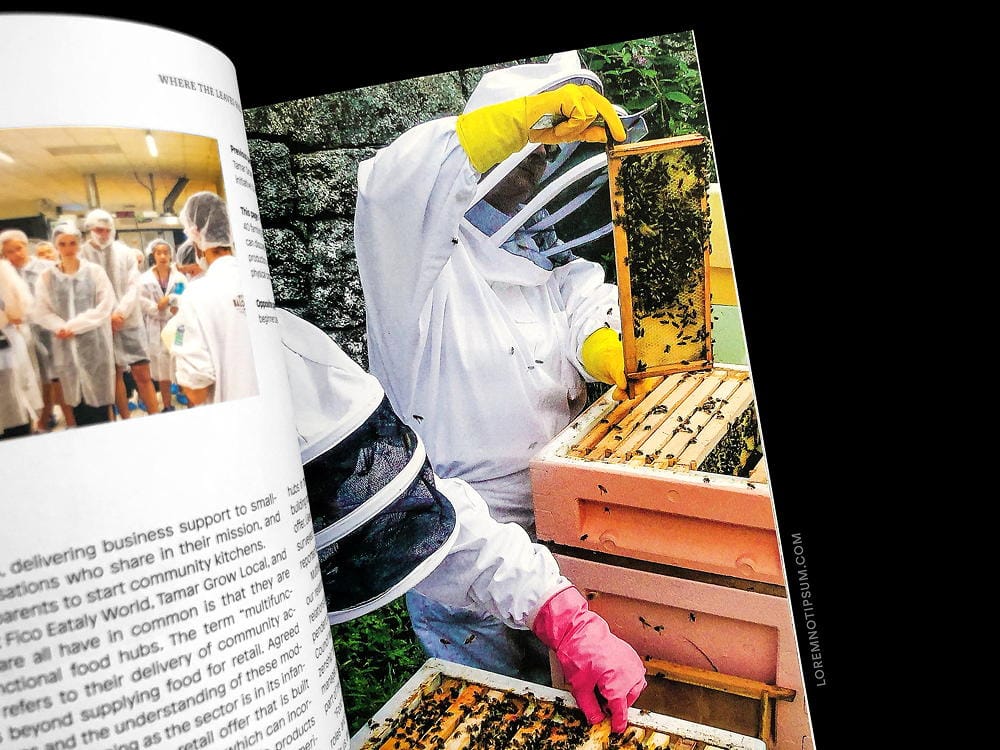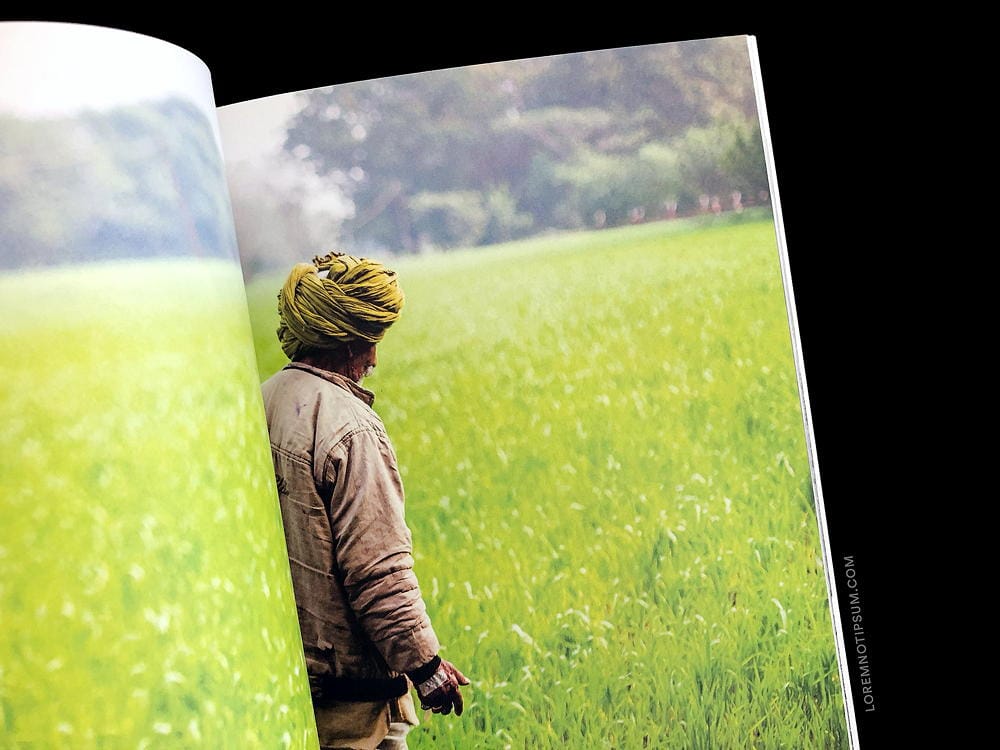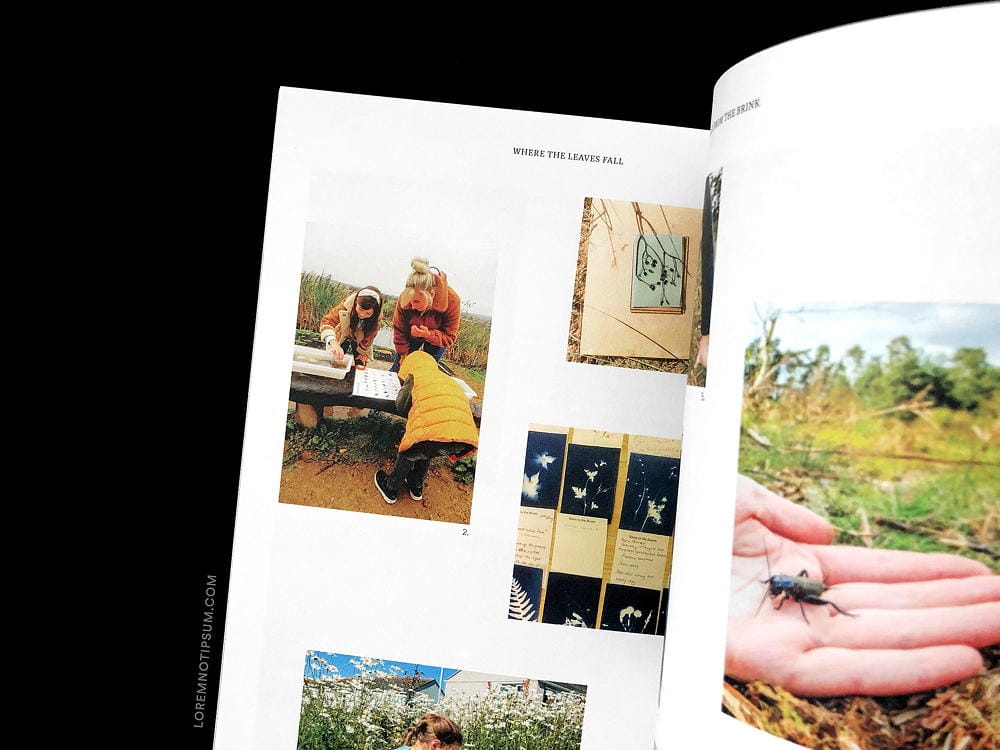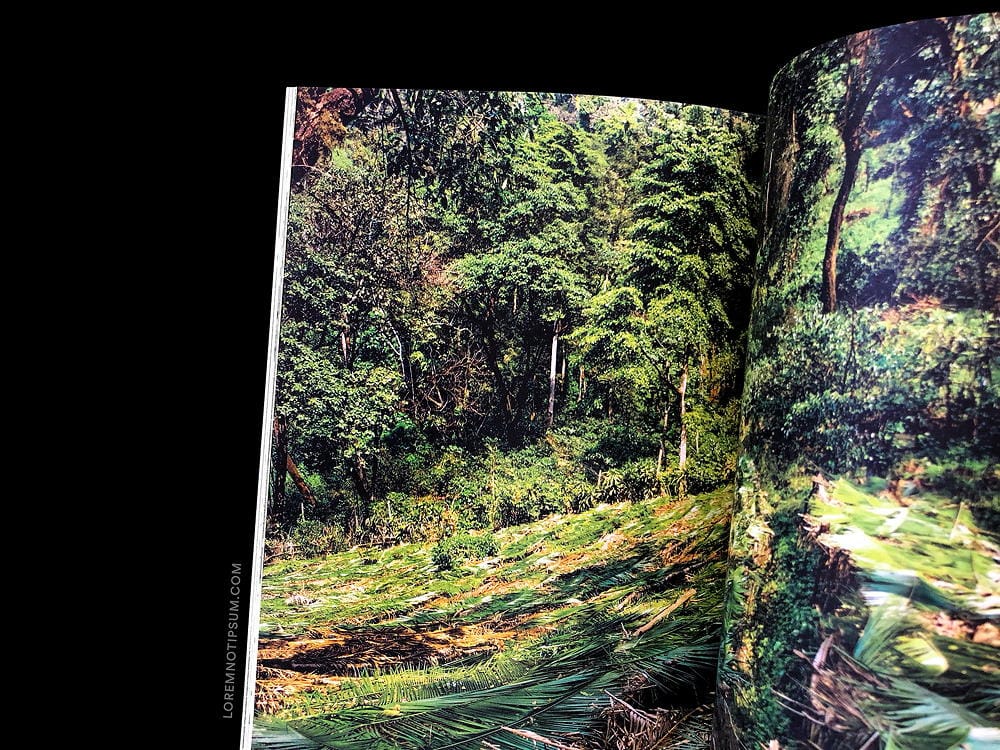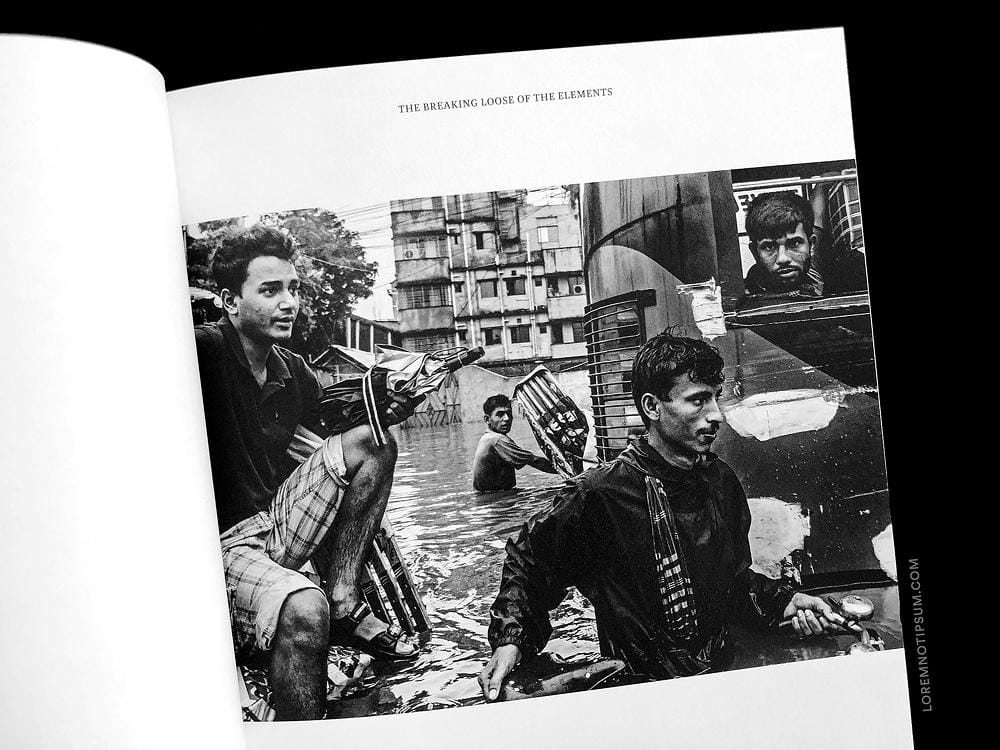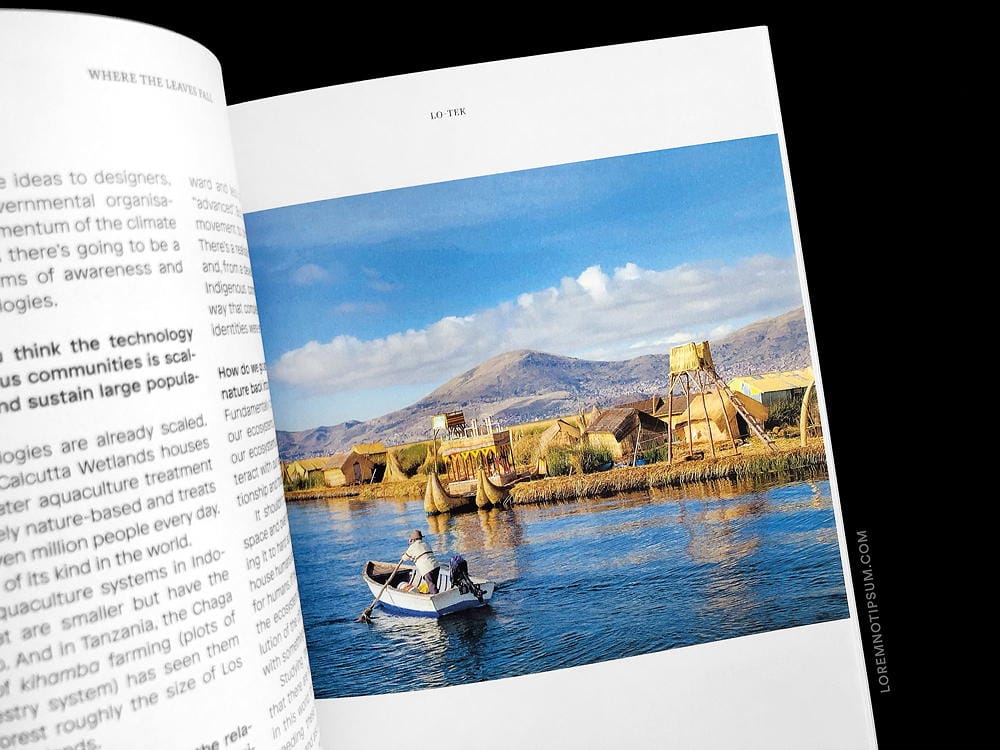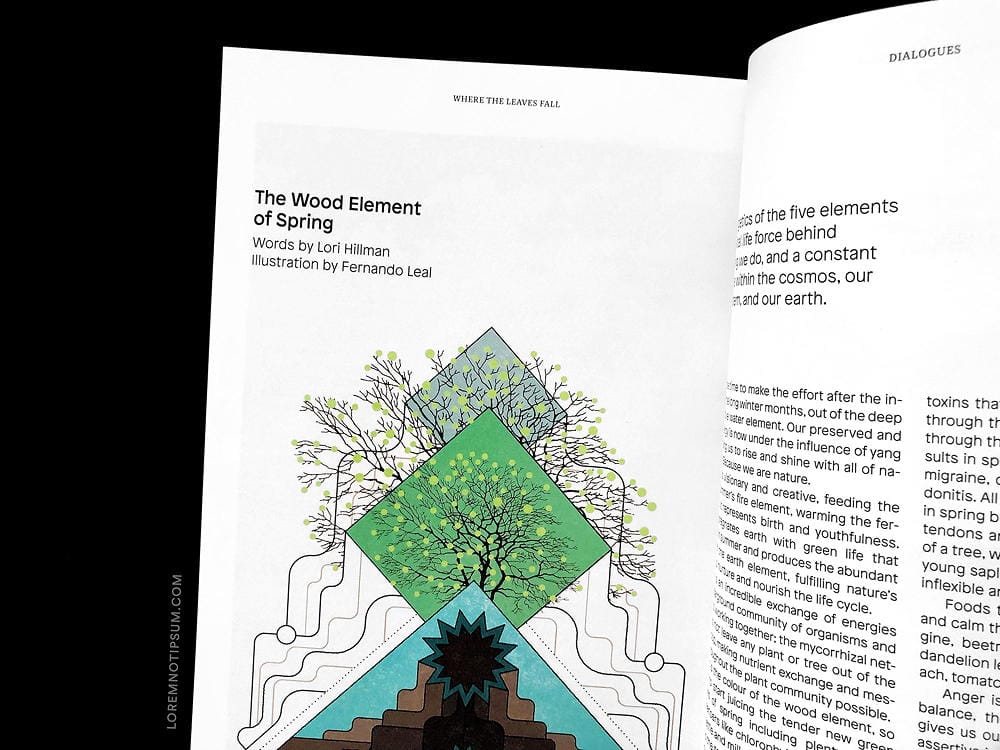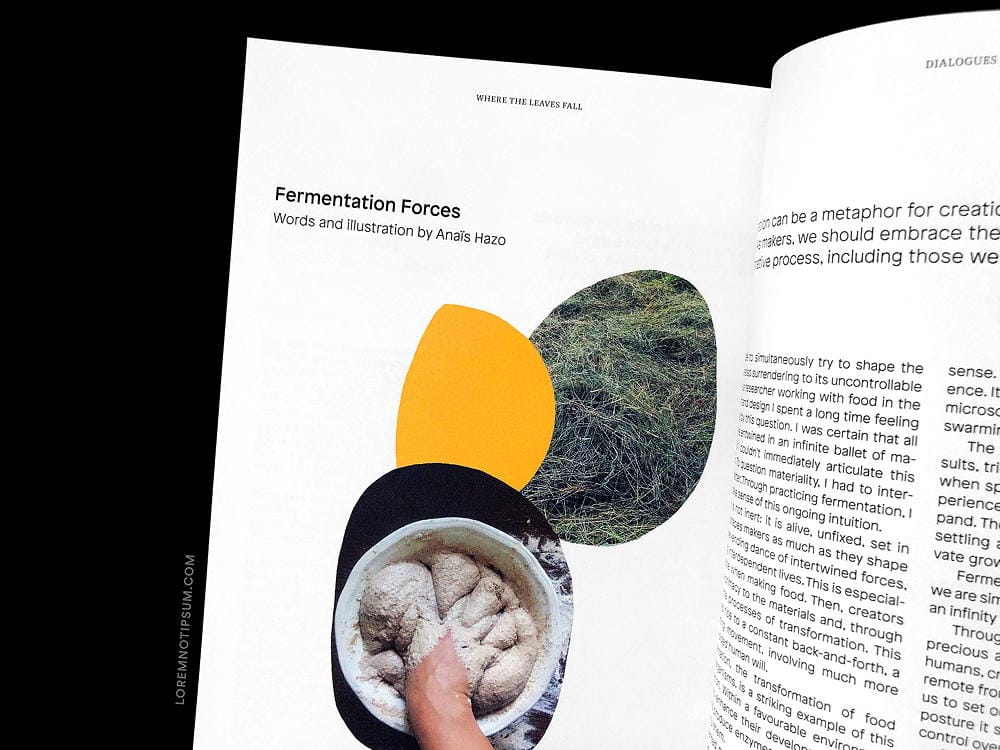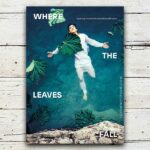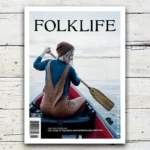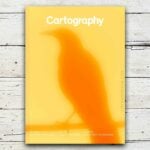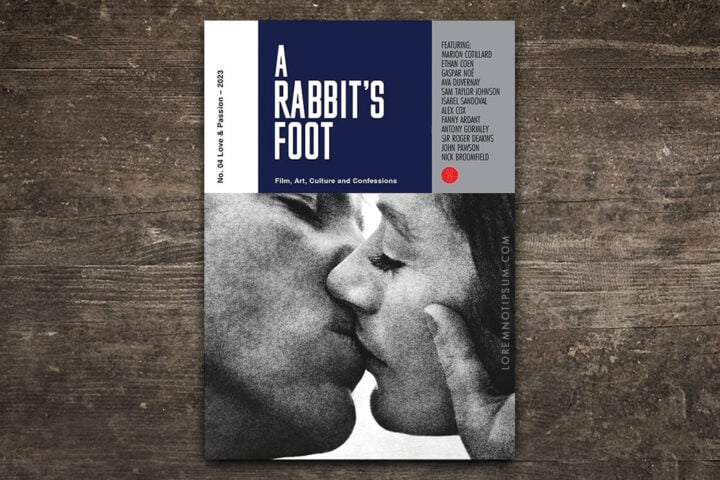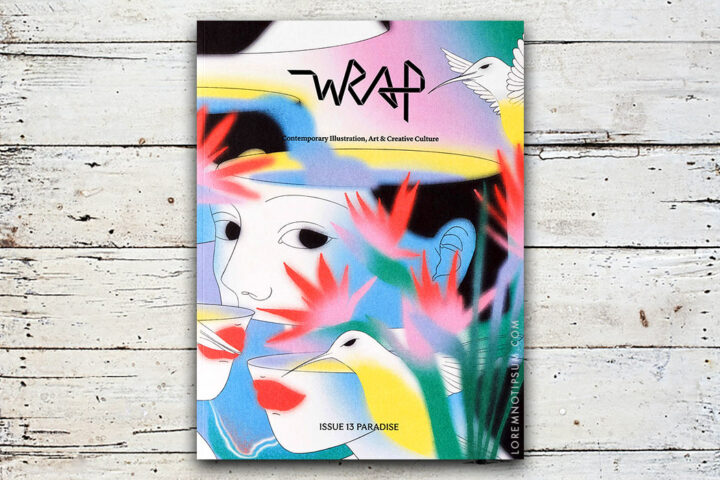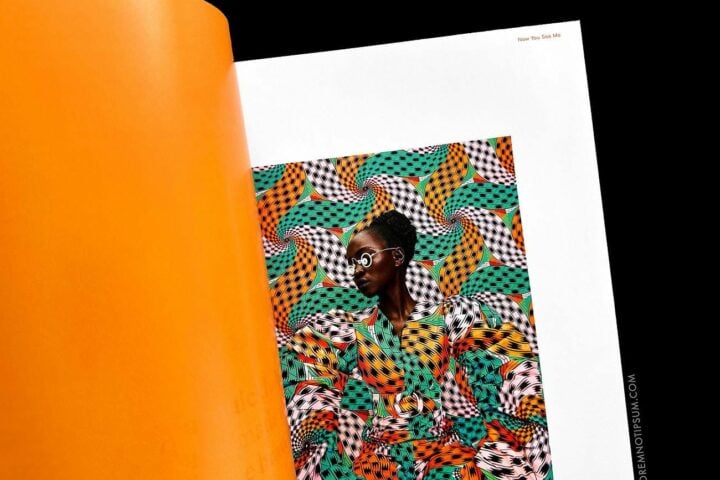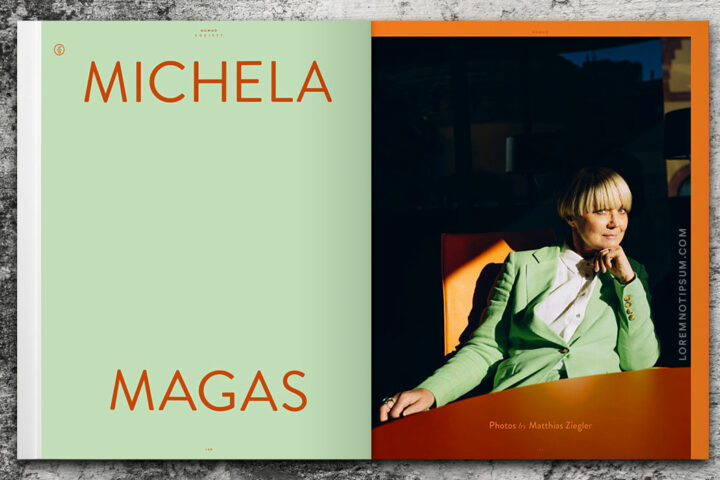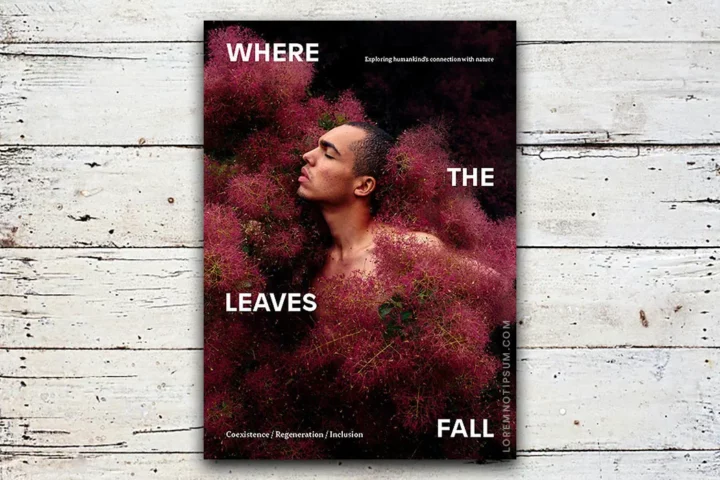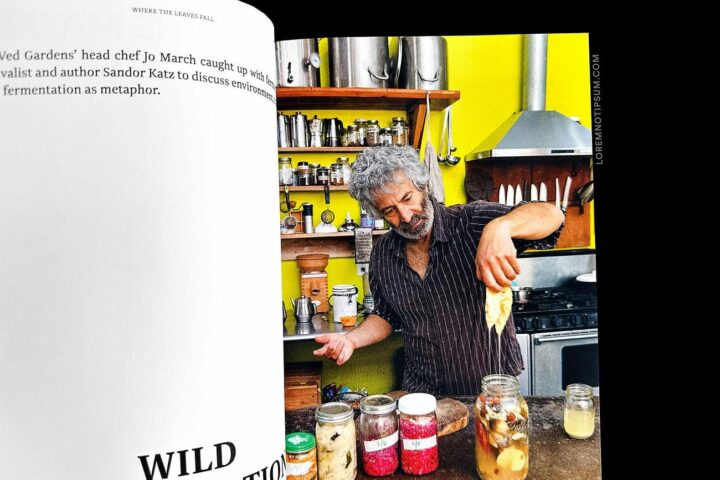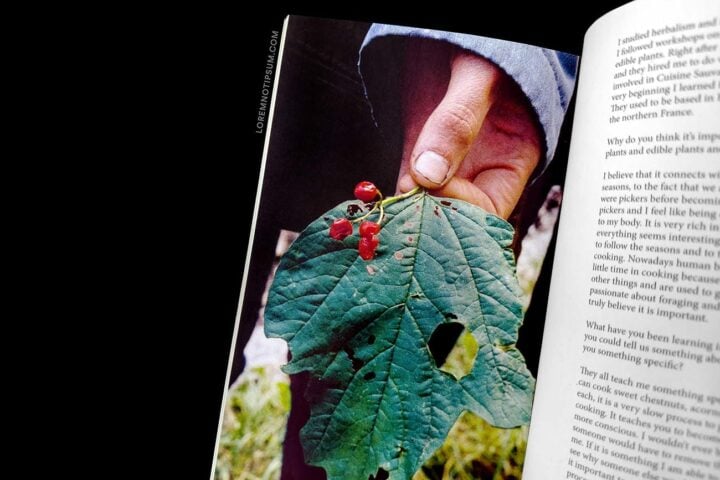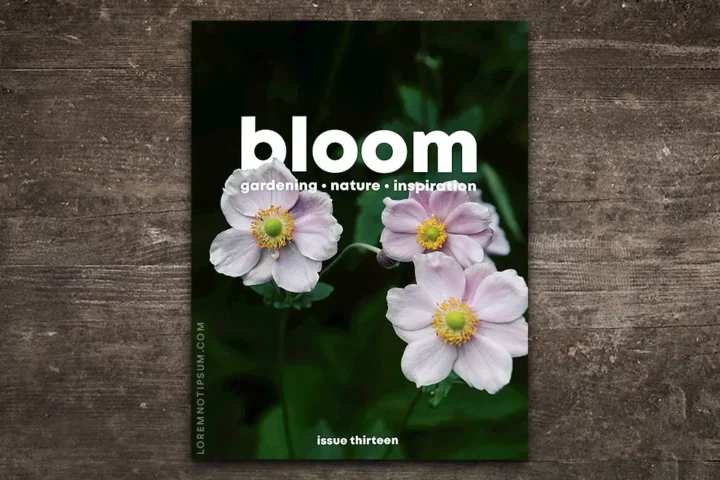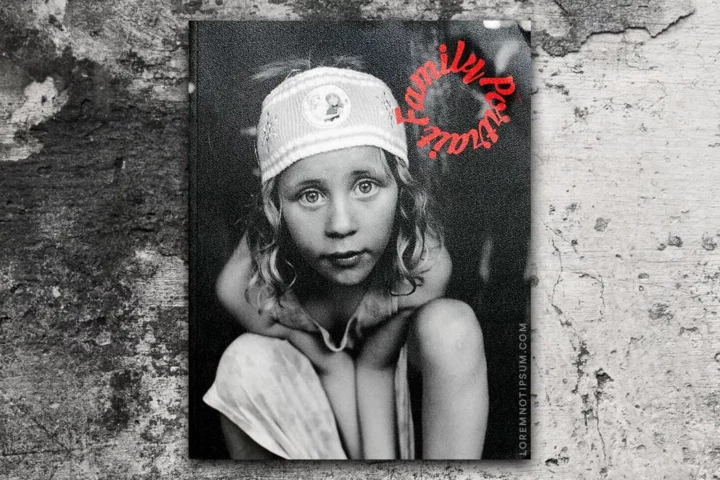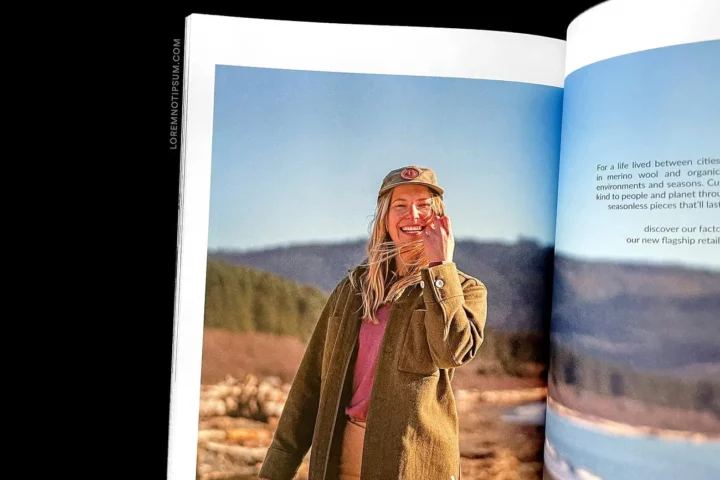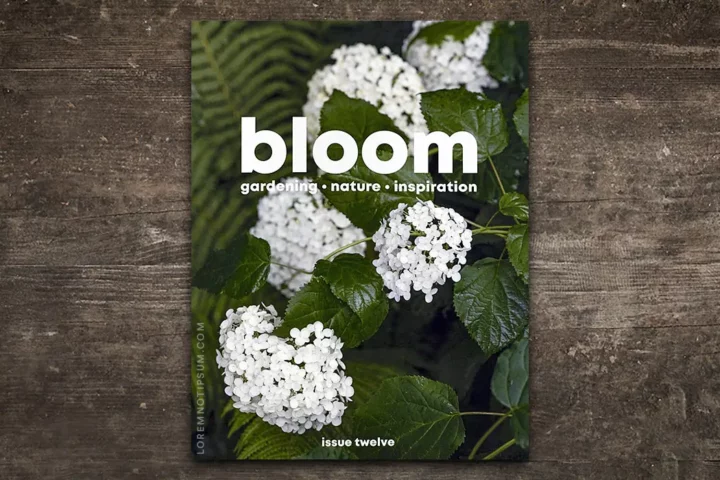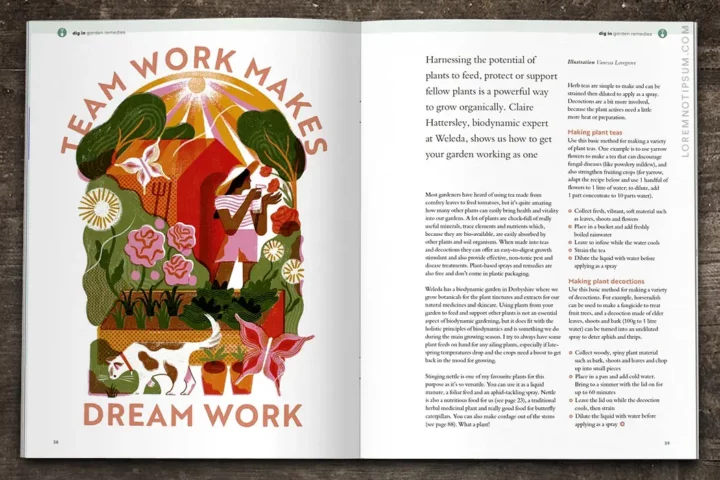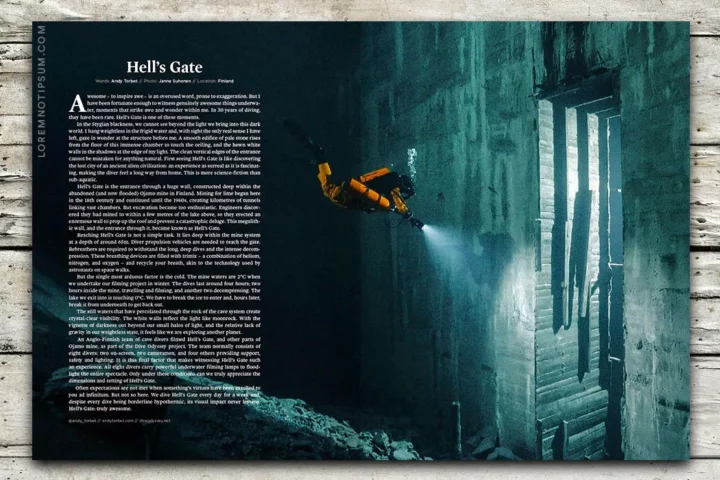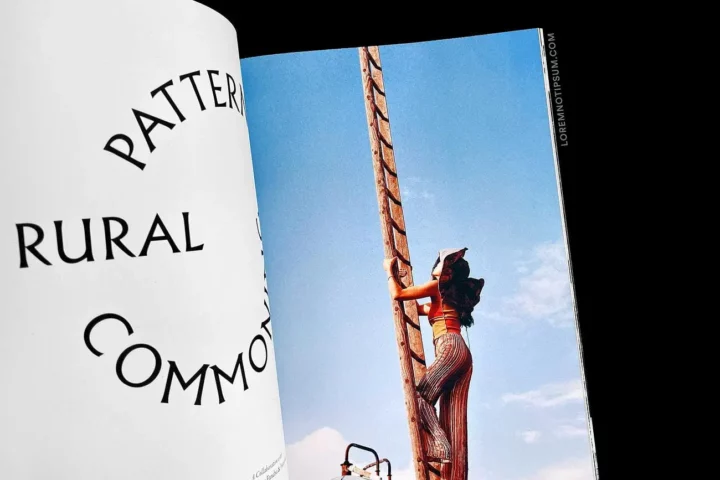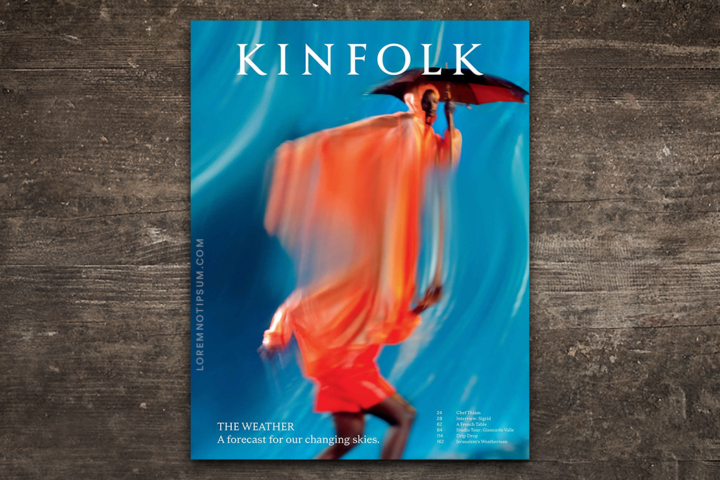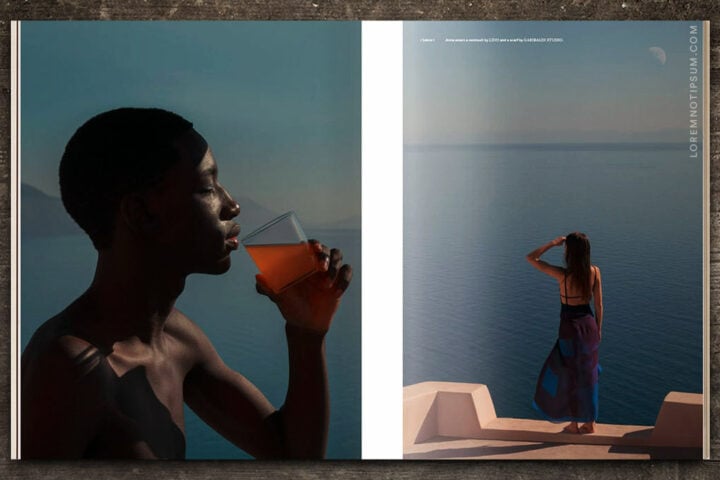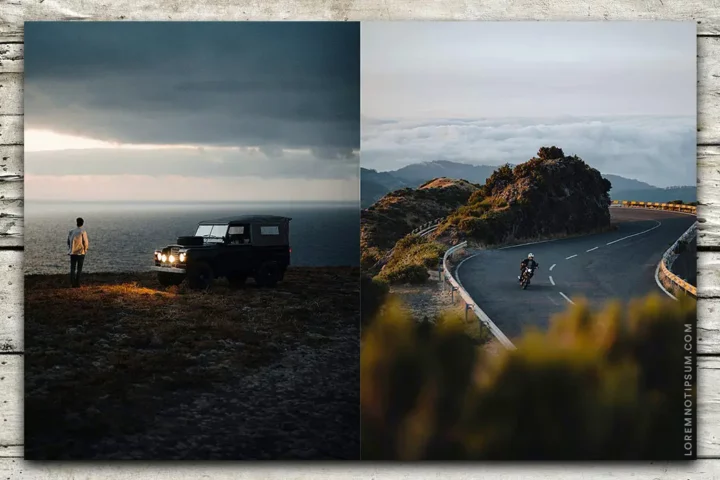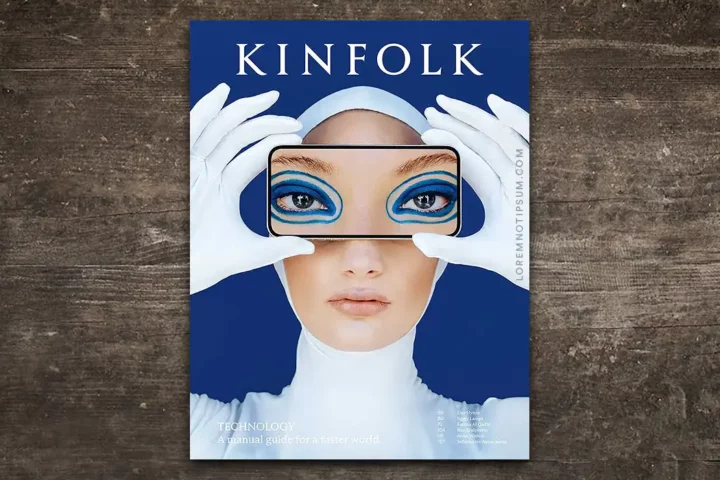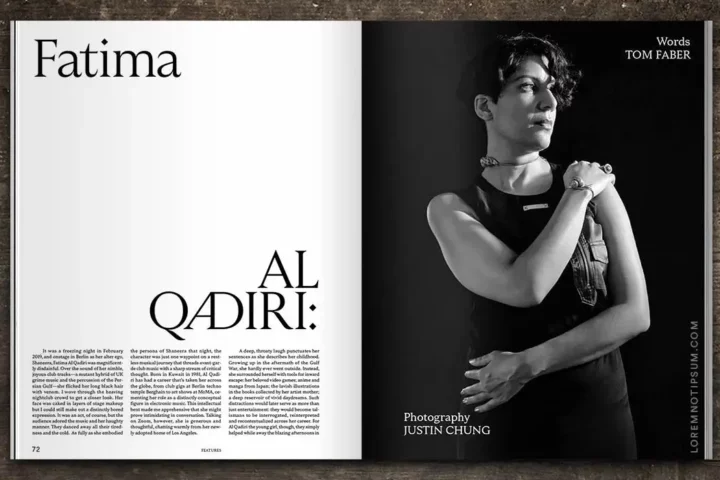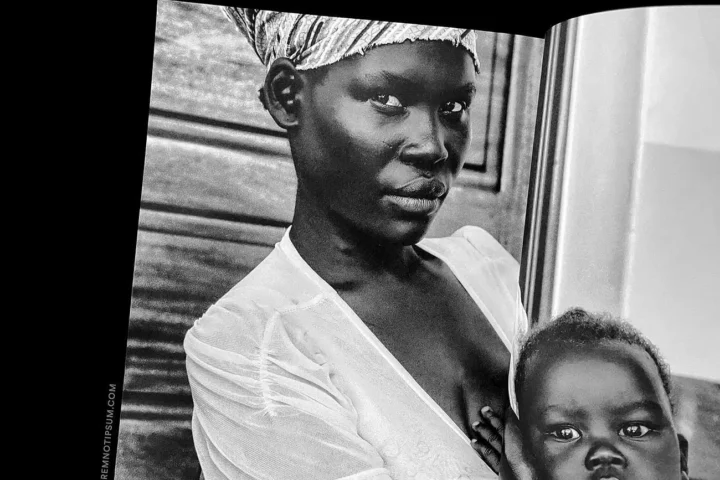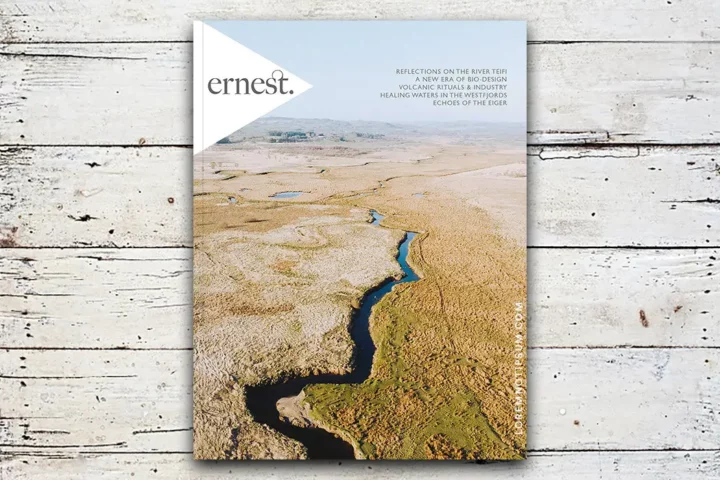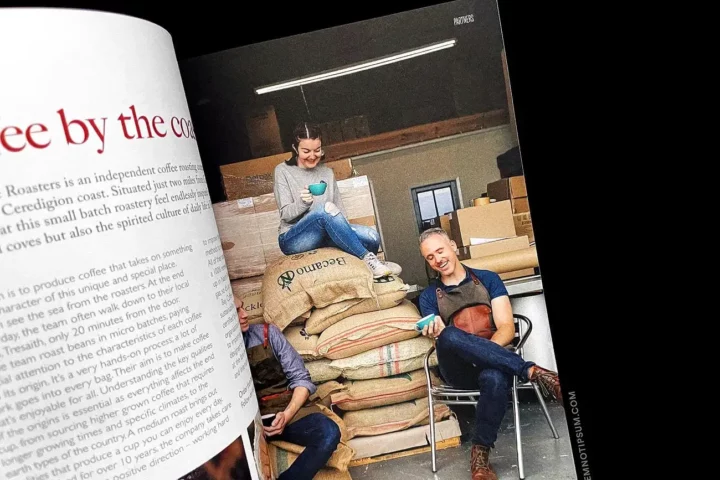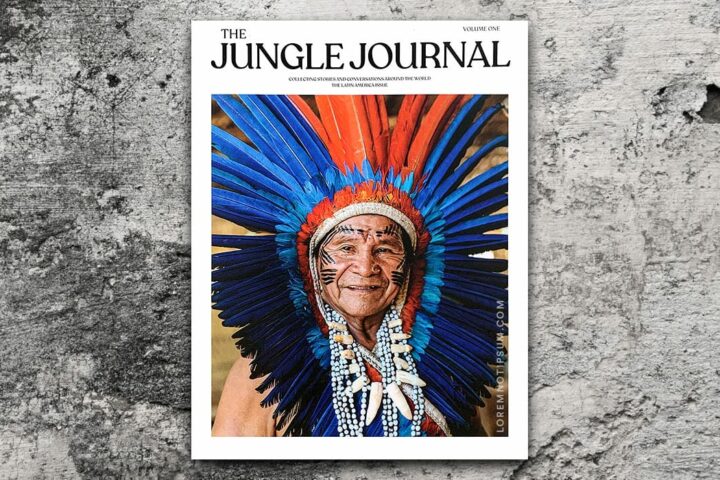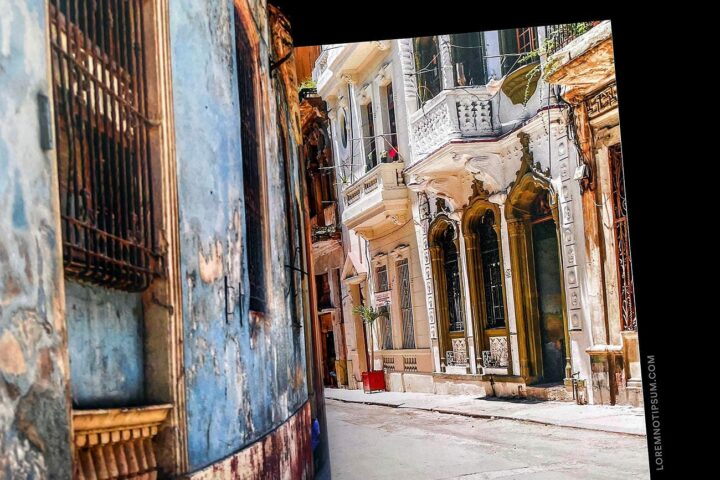Where the Leaves Fall Issue 3 is available now on loremnotipsum.com. The themes for Where the Leaves Fall Issue 3 focus on extinction, reconnection and redesign, alongside a series of dialogues. Discover Where the Leacves Fall Issue 3.
Where the Leaves Fall is born out of and informed by a series of conversations held at and with OmVed Gardens, in London, UK. Until recently a wounded and tarmacked wasteland, OmVed has been transformed into a diverse eco habitat with a wild flower meadow, an orchard and a vegetable garden. Through collaboration with artists, architects, chefs, musicians and horticulturalists, it is exploring the nature of the relationship between people and our connection to the environment. It facilitates exhibitions, workshops, concerts, dinners and discussions, creating collaborations around the topics of food, creativity and ecological transformation. As physicist and ecologist Fritjof Capra said: “It is only by connecting to nature that we can know who we are.” Maybe it is also true to say that it is only by connecting to ourselves that we can know what nature is. Knowing more about ourselves and knowing more about nature are one and the same thing. OmVed has partnered with the UN World Food Program on events to highlight worldwide disparities and to speak about the UN Sustainable Development Goals.
Content
LIVING CLOSE TO THE EDGE
The issue opens with photographer Kazi Md. Jahirul Islam’s extraordinary picture essay on the floods in Bangladesh and the damage that they wreak on everyday life in Chittagong. Aaron Davies looks at efforts to save the world’s wild coffee species, many of which are at risk of extinction. And Anna Souter explores how plants, surviving the worst manmade disasters, can offer an alternative model for living in the face of the environmental crisis.
A TIME TO RECONNECT
Victor Steffenson’s words and Peter McConchie’s photographs create a powerful message for our cover story, which looks at how Indigenous fire management methods could help save Australia and improve the environment. We also hear how conservationists in the UK are using a creative approach to engage people with nature. And our picture story from the Choithram Netralaya eye hospital in Indore reveals how free cataract operations can help India’s poorest regain their sight and their lives.
REDESIGN / RETHINK / REWORK
We examine how community groups and retailers are changing the way we access and engage with food and with each other, from a movement to promote simple plant-based recipes in working class areas of Brazil to the Kitchen Social in north London, UK, which brings the local community together around food and activities. We also talk to designer and author Julia Watson about how traditional Indigenous technologies could be adapted to improve modern cities.
DIALOGUES
Climate activist Ayisha Siddiqa describes how her personal history led her to the climate movement, writer Jonny Keen looks at wildlife on a brownfield site, and journalist Paul F Cockburn explores how we need darkness in our lives.
Details: Where the Leaves Fall – Issue 3
128 pages, 24 x 17 cm
